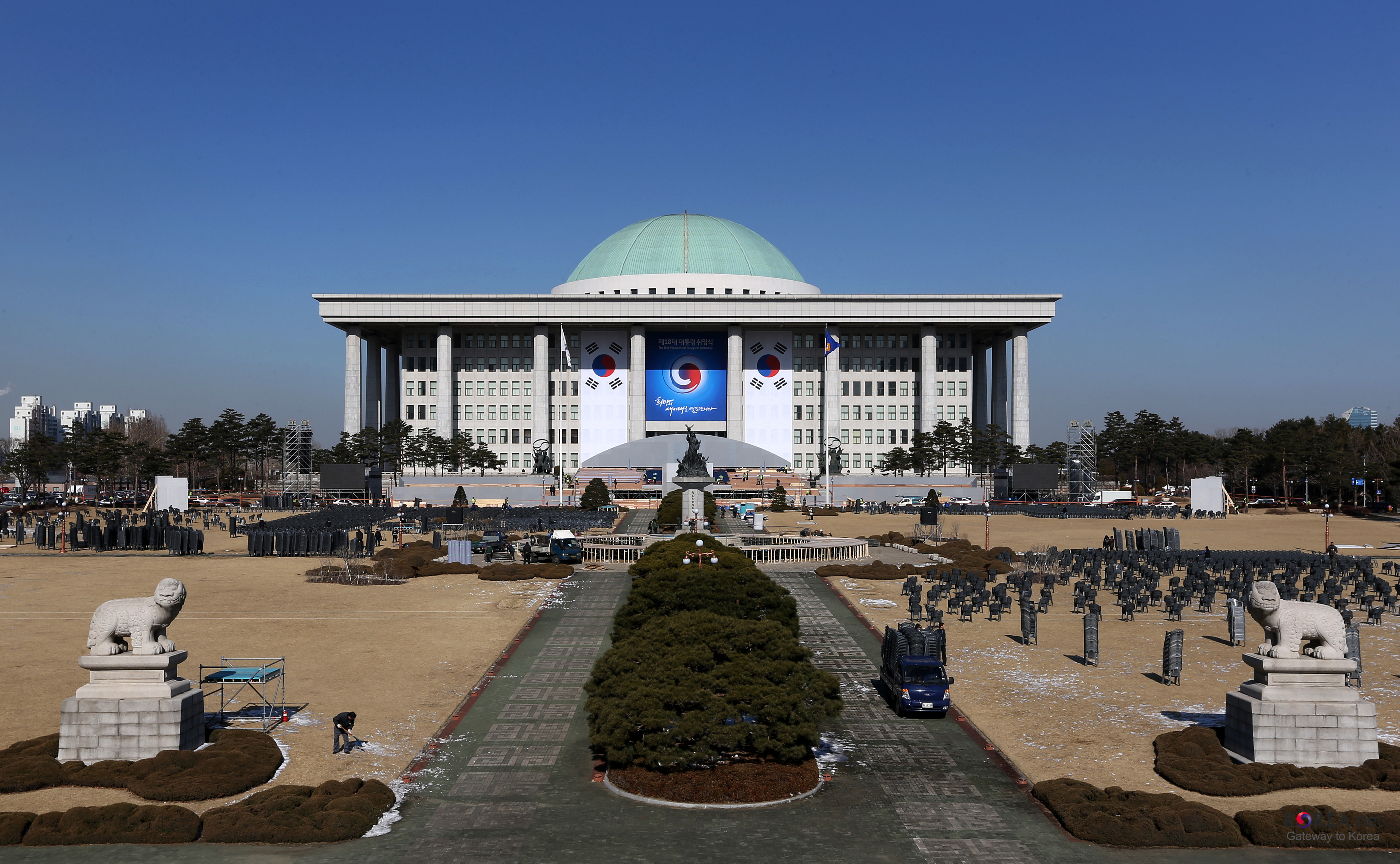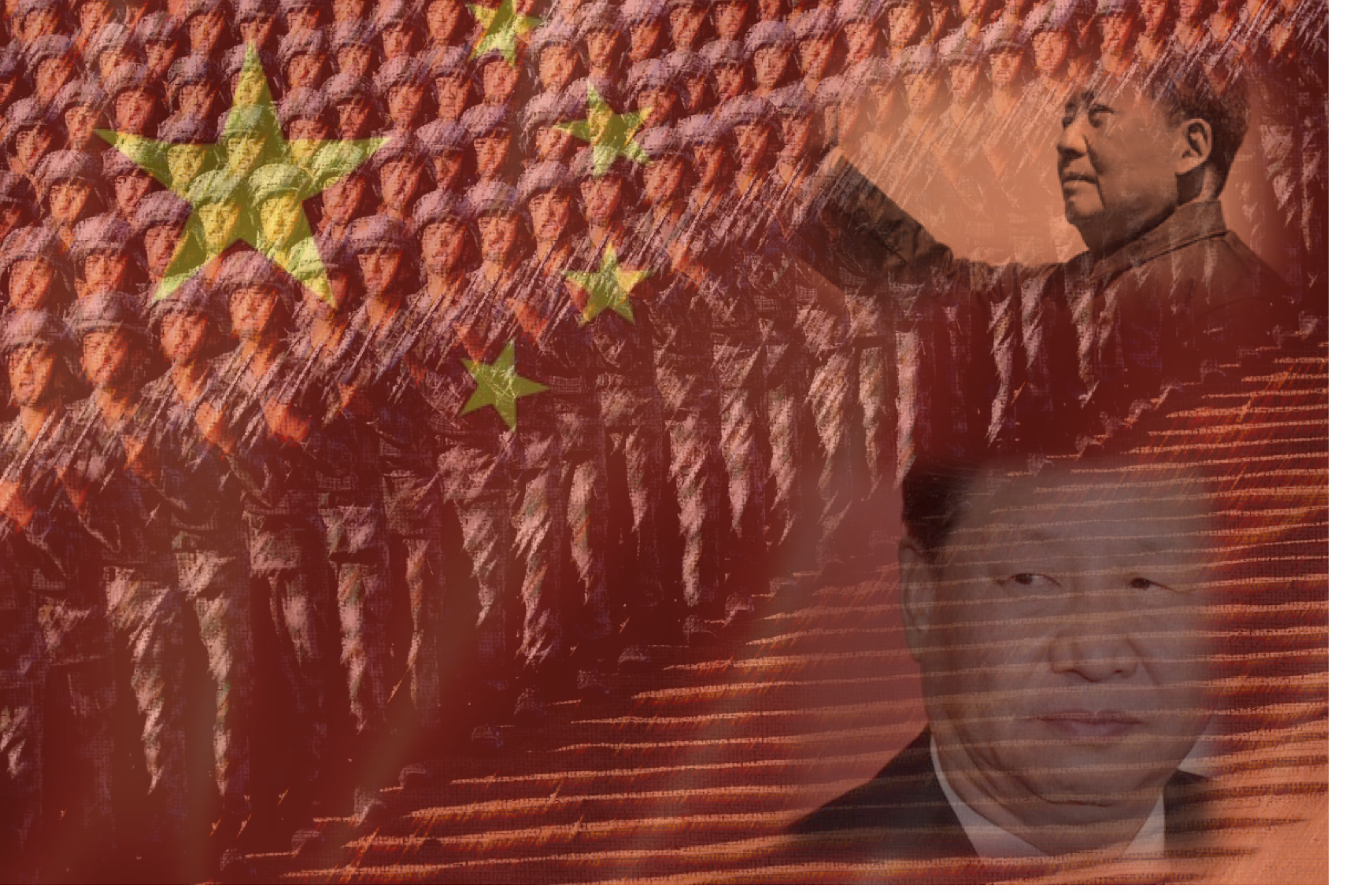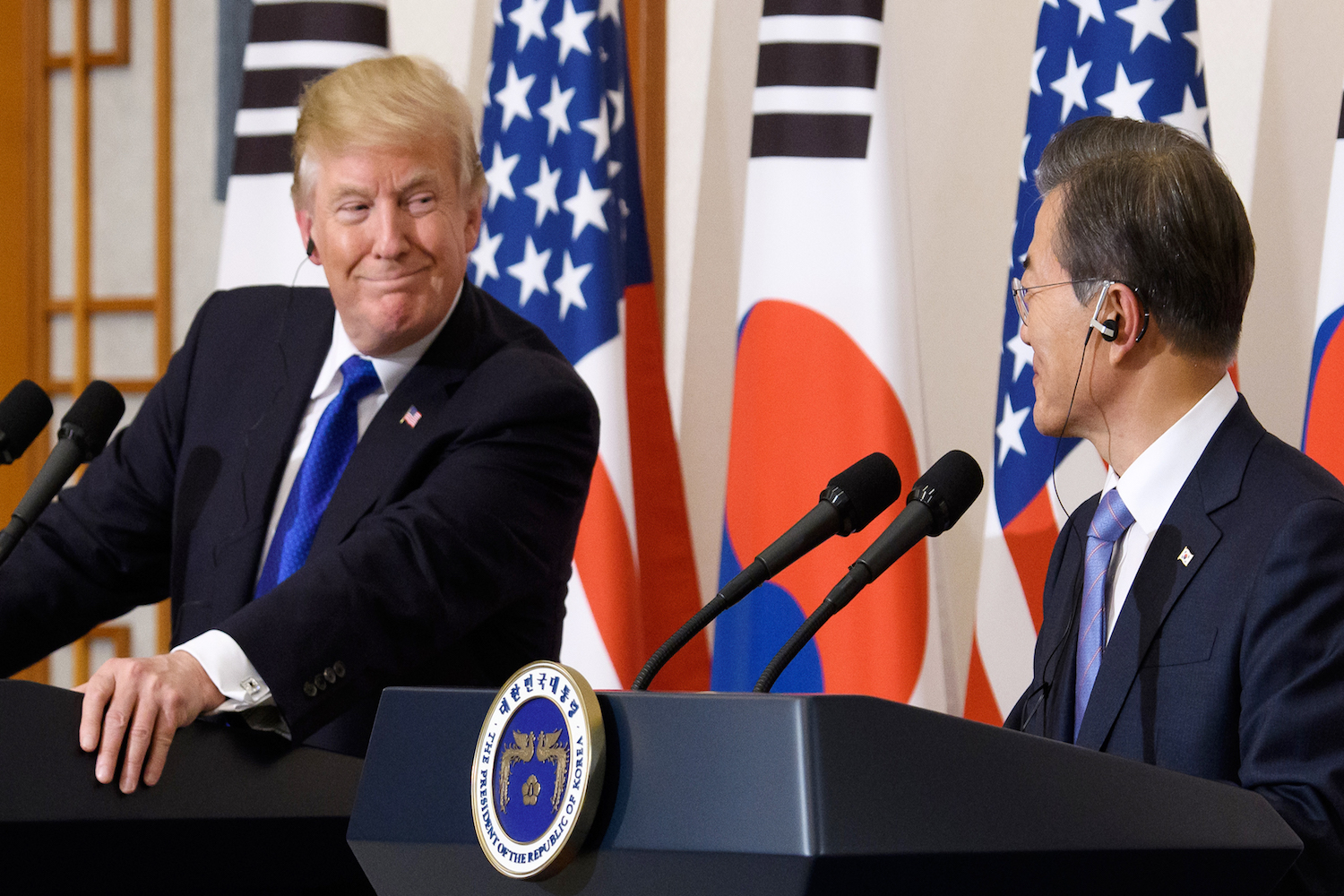The filibuster, a procedure used by legislative bodies around the globe to block or delay bills, is unfailingly a divisive issue. To some, it is a mere obstructive tool, to others, a bastion of minority voice and power. Many times it depends on where one stands, in the majority or minority.
The filibuster, whether seen as used or abused, can tell us an important story about pivotal moments in a nation’s evolution; it serves as an important marker for periods of heightened contestation, friction and stasis in governments.
Two months ago, the filibuster re-emerged in South Korea’s domestic politics after decades of forced absence, and it did not come back quietly. The once-minority Minjoo party and its allies, clocked what is likely the world’s longest filibuster—38 legislators spent more than 193 hours protesting the passage of the conservative Saenuri Party’s new anti-terrorism law.
The opposition expressed concerns about the bill’s slippery slope towards abuse of power that could infringe on privacy rights and freedom of speech, among other temptations. The bill, which failed to pass in several previous iterations, empowers the National Intelligence Service (NIS) to wiretap and collect financial transactions of mere suspects of potential terrorist activity.
Predictably, President Park Geun-hye is of the camp that feels filibusters are a nuisance to the legislative process. She went so far as to call it, “nothing more than a dereliction of duty,” though whether that was in line with the general public’s stance is not clear.
On February 24th, local pollster Realmeter found a slight lead in the polls for those who opposed the filibuster – 46.1 percent to 42.6 percent, though with a critical margin of error of 4.3 percent. The resurgence of the filibuster was popular among younger respondents in their 20s or 30s and fell predictably along party lines – conservatives expressed distinct disapproval.
The cyber community, however, lit up. Netizens launched their own “online filibuster” that allowed citizens to share their opinions about the contested law. In turn, several filibustering legislators actually read some of these comments on the floor of the National Assembly, a rare level of direct populist activity.
In several countries – England, New Zealand, Italy, Ireland, Canada, Philippines, Austria and more – the filibuster has a storied history, the stuff of political legends – sometimes humorous, sometimes courageous. In the last half century, however, the practice in its traditional form has tapered off. Korea’s reinstatement of the practice may be at odds with global trends, but it is partly in line with at least one country: the United States.
Probably nowhere in the world does the filibuster play a more active role than in the United States. Today the filibuster has become so ubiquitous with the legislative process that it is hard to know how many ‘filibusters’ actually happen.
There are no rules defining exactly what constitutes a filibuster, but it is generally understood as any measure taken to obstruct voting on a bill. There are, however, a dizzying array of filibuster regulations approved, redacted, re-approved, or tacitly condoned since the first filibuster in 1837.
To settle its origins in the US political system, a filibuster scholar, Sarah Binder, gave testimony at a 2011 Senate hearing to dispel a common misconception; the filibuster is not constitutionally provided, it was actually born from a mistake in 1806. The sitting US Vice-President, Aaron Burr, told the House and Senate to clean up their books and take out redundancies. The Senate dropped a rule stating that a simple majority vote ends debate, thinking it redundant. The new regulatory hole thus gave room for the filibuster to develop as Senators looked for ingenious ways to oppose majority party policies.
The most well-known form of filibustering is, like the Minjoo’s recent filibuster, denying the floor to other legislators with marathon speeches that delay calling a vote on a contested bill. In the US, unlike Korea, only two speeches are allowed per topic so often this form of filibustering falls to a courageous individual or two. Senator Strom Thurmond holds the world record for longest filibuster speech, 24hrs and 18min, to block the passage of the historic 1957 Civil Rights Act, roughly double that of the longest speech in the Minjoo filibuster.
This form of filibustering, while it still occurs today, especially in US State Senates, is no longer necessary. Today in the US, the threat of a filibuster alone is enough to serve its purpose, forcing bill proponents to acquire a supermajority vote of 3/5ths to pass a cloture vote, which then finally brings the bill to a vote. Gone are the days of marathon speeches; today filibusters can be invisible, behind-door threats that do not translate to a more active citizenry or substantive opposition. Filibusters also do not need to delay voting on other bills on the docket, filibustering legislators can allow other bills to pass through while still holding on to the filibuster.
These innovations mean that filibusters happen on a daily basis in the US Senate, the public rarely knows about them and proceedings, on the whole, move slower. In South Korea’s National Assembly, if a filibuster happens, the public is going to know and it will likely mean more public engagement and scrutiny over a bill.
Currently, the filibuster in Korea is the old-fashioned attrition kind that calls on legislators to give impassioned speeches, read excerpts from books or recount long recipes. These filibusters also hold up the legislative agenda, forcing both sides to stick it out and see who wins or compromise on the bill’s content. It is a more romantic kind of political maneuver, one most famously captured in the Hollywood film, Mr. Smith Goes to Washington.
It seems unlikely that the filibuster in South Korea will make a quick exit; the obstruction rule was brought back recently in 2012 to reduce the level of ire and physical confrontation between legislators. Nor is it likely to progress quickly down the same path of the US filibuster, now an immaterial threat practically leveraged against any bill or appointment that comes to the Senate. It is a kind of obstructionism that makes the whole institution and legislative process work slower, for good and for bad. It may force politicians to make smart compromises, though it is more likely to make the system ineffective, bogged down in bitter partisanship.
In Korea’s National Assembly, fistfights, hiding gavels, throwing furniture, these tactics were not uncommonly used to oppose laws and lawmakers. The filibuster was brought back, at least in part, to offer a less physically damaging display of opposition.
Perhaps the filibuster may lessen Korea’s bitter partisanship, perhaps invite more transparency in the legislative process, perhaps more civil engagement.
The National Assembly election last week was a big upset for the Saenuri party, which, for the first time in 16 years, is outnumbered in assembly seats. It is not yet clear, but some reports suspect that the high voter turnout may be due to high turnout among younger voters. To say the filibuster played a direct role in the elections would be unlikely, but it certainly did not hurt the opposition, as some had feared.
In the US, for now, it seems the filibuster has become a political act whose glory days are resigned to old Hollywood reels.
- MY City – The Planet - January 23, 2018
- 70 Years of Two Koreas: The ’47 UN Vote For Elections - January 16, 2018
- Trade or No Trade: China’s DPRK Dilemma - June 5, 2017






